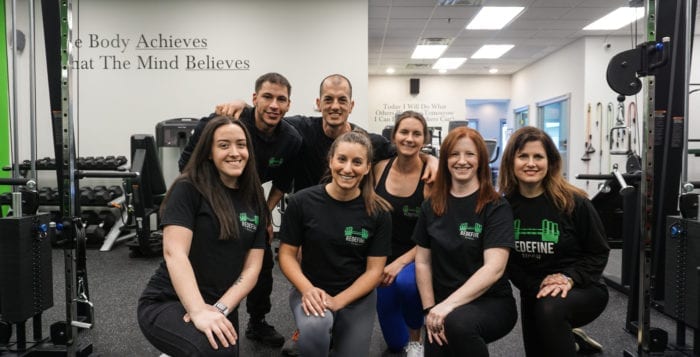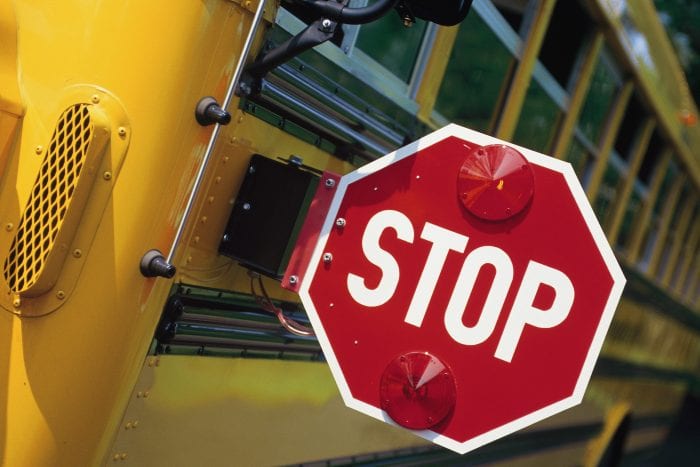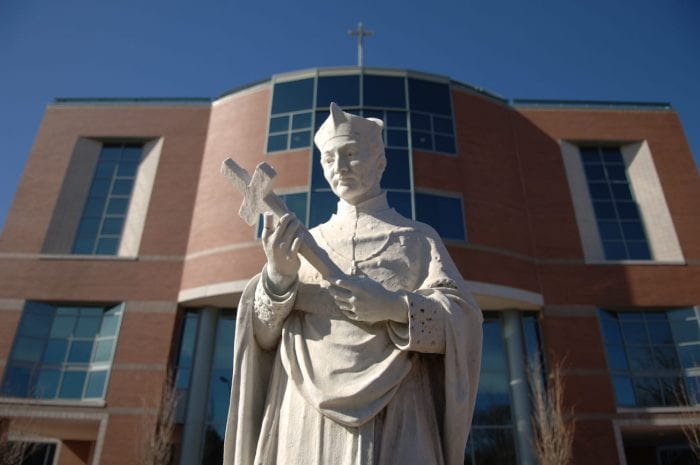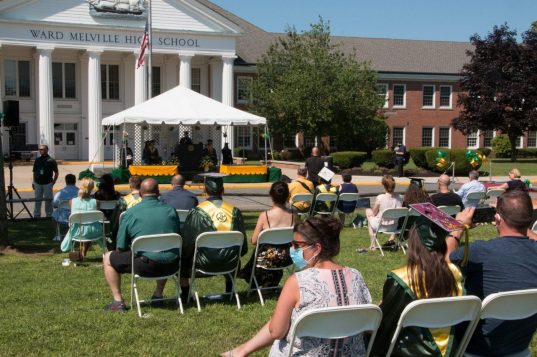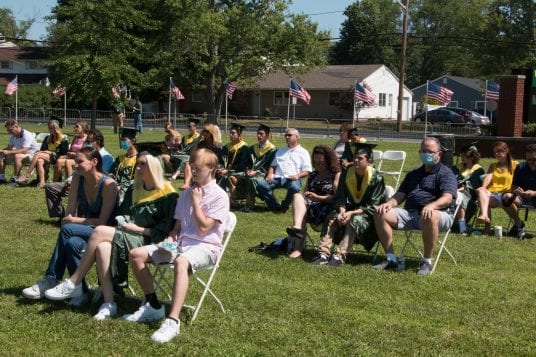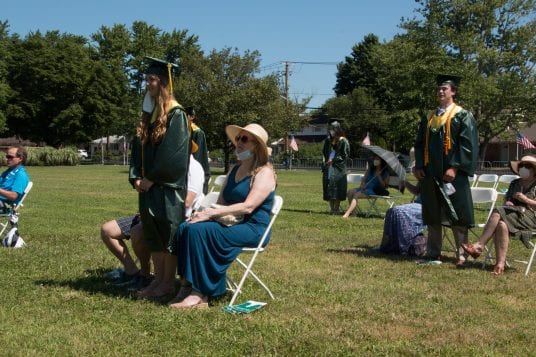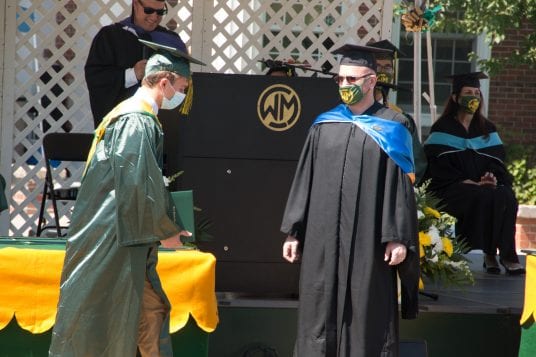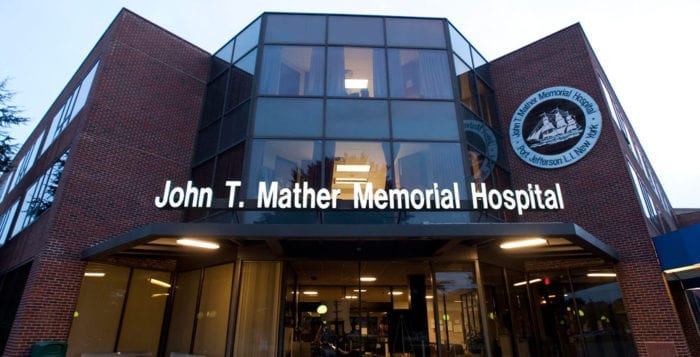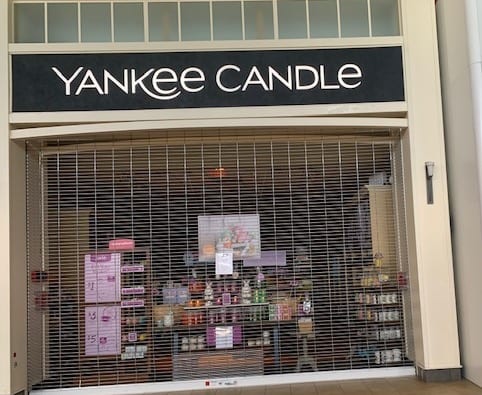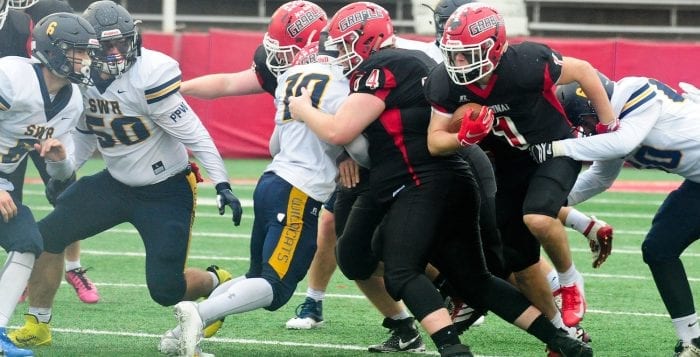As a result of gyms and other fitness centers being taken off Phase 4 of New York State’s coronavirus reopening plan, owners across the state, including some in Suffolk County, are suing Gov. Andrew Cuomo (D), the state attorney general and the State of New York in a class action suit.
The suit, which was filed earlier this month in state Supreme Court by Syosset-based Mermigis Law Group, alleges that the governor’s shutdown orders violated the plaintiff’s due process.
“The unequal, random, arbitrary and unfair treatment has continued in the reopening guidance,” the document states. “Tattoo parlors, tanning salons, health spas and dentists are allowed to open their doors, but gyms remain locked down.”
The group of businesses is suing the state for $500 million, for what plaintiffs claim is hundreds of millions of dollars in lost revenue. As a result the businesses have had to lay off at least 70,000 employees statewide. In addition, they are seeking an injunction of the executive order, so they can reopen their gyms.
A representative from Gov. Cuomo’s office did not respond for comment in time for press time.
According to court documents, “several hundred members” are a part of the lawsuit, though that number is expected to increase. The primary plaintiff in the case is Thousand Island Fitness Center, based in Jefferson County on the state’s northern border. The suit originated on Long Island with Charles Cassara, owner of SC Fitness, with locations in Hicksville and Farmingdale. Almost 5,000 individuals have joined Cassara’s private Facebook group Fitness Industry Vs. NY Class action lawsuit.
Anthony Amen, owner of Redefine Fitness in Mount Sinai, is one of the many gym owners represented in the suit.
“All we’re asking for is a shot, we need to get open, let us follow all the [Centers for Disease Control] guidelines — we are not going to make it [if gyms remain closed],” he said. “You can get a massage, you can get acupuncture, you get a tattoo, you can go to a mall that is all indoors, but you can’t come to do one-on-one training.”
Amen’s gym lost about 80 percent of its clients due to the shutdown. The Mount Sinai gym owner said the last few weeks have been a whirlwind, and at one point he thought he would be able to reopen as he provides a “personal service.”
“We reopened June 10, because I called the county and I asked them, ‘Hey, we do personal training, can I open as a personal service, do one-on-one training only, we follow all CDC guidelines.’ They told me OK,” Amen said. “Fast forward five days, I get a call from the governor’s office, threatening me with a $10,000 fine and ordering me to close down immediately and saying that I wasn’t allowed to be open. I told them that I spoke to the county, and they said the county lied to you.”
Currently gyms are only allowed to do outside training, though Amen says that for him and other gyms it is just not feasible to do that long term, especially during the summer months. Gyms were expected to reopen July 8 under Phase 4.
“It was 90 degrees almost every day last week, totally humid,” he said. “I started training people at 9 o’clock in the morning, and even at that time it is a lot to ask of people. They are going to pass out or have a heat stroke.”
Studies on whether gyms are safe are divided. A Norwegian study, cited in the lawsuit, found that individuals who decided to work out at gyms were not at a greater risk of contracting coronavirus. On the flip side, in a paper published by the CDC, researchers in South Korea discovered 112 COVID-19 cases linked to fitness classes in 12 locations.

Ed Darcey, owner of Personal Fitness Club in Rocky Point, had similar sentiments. He too has signed onto the class action suit.
“These past 18 weeks have been really frustrating — all we want is the ability to reopen again,” he said.
Darcey, who has run his gym for the past 31 years, initially thought that his business would only be closed for a short time. That thought quickly faded as the severity of the pandemic became evident. He said believes he can run his businesses safely.
“Let us open our doors again, so we can get our business flowing,” Darcey said. “Fitness people want to help each other.”
The Miller Place resident referred to the gyms as a “second family” to people, adding that he misses being around his clients and helping them with their goals.
“A lot of our clients here see the gym as a mental and physical outlet,” he said. “That’s been taken away from them.”
Darcey said because of the governor’s decision, they weren’t given the opportunity to bounce back like other industries that have been given the green light to reopen, adding that ‘it doesn’t make sense that gyms are left out.
“I might be able to make it through, but some of my peers aren’t [going to],” the gym owner said. “They’ve put their heart and souls into this industry, it’s heartbreaking.”
A GoFundMe page has been set up for Darcey’s gym. At press time, $6,365 has been raised since July 1.
“Ed Darcey has supported every single person that has walked in and out of the door of that gym,” the fundraiser states.
Amen said the situation is bleak for gym owners, saying they are struggling to pay bills with no revenue coming on.
“Gyms are rent heavy, and payroll light — we are still getting billed,” he said. “We are trying to get the landowners involved in the lawsuit because rent payments are the biggest expense and it is unfair for them too.”
The gym owner feels frustrated being left out in the dark.
“We don’t get into this business to make money, we do it to help people,” Amen said. “How are we not relevant — it’s unfair, we need to be heard.”

